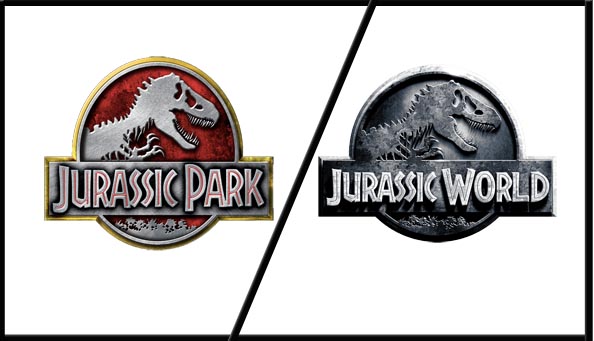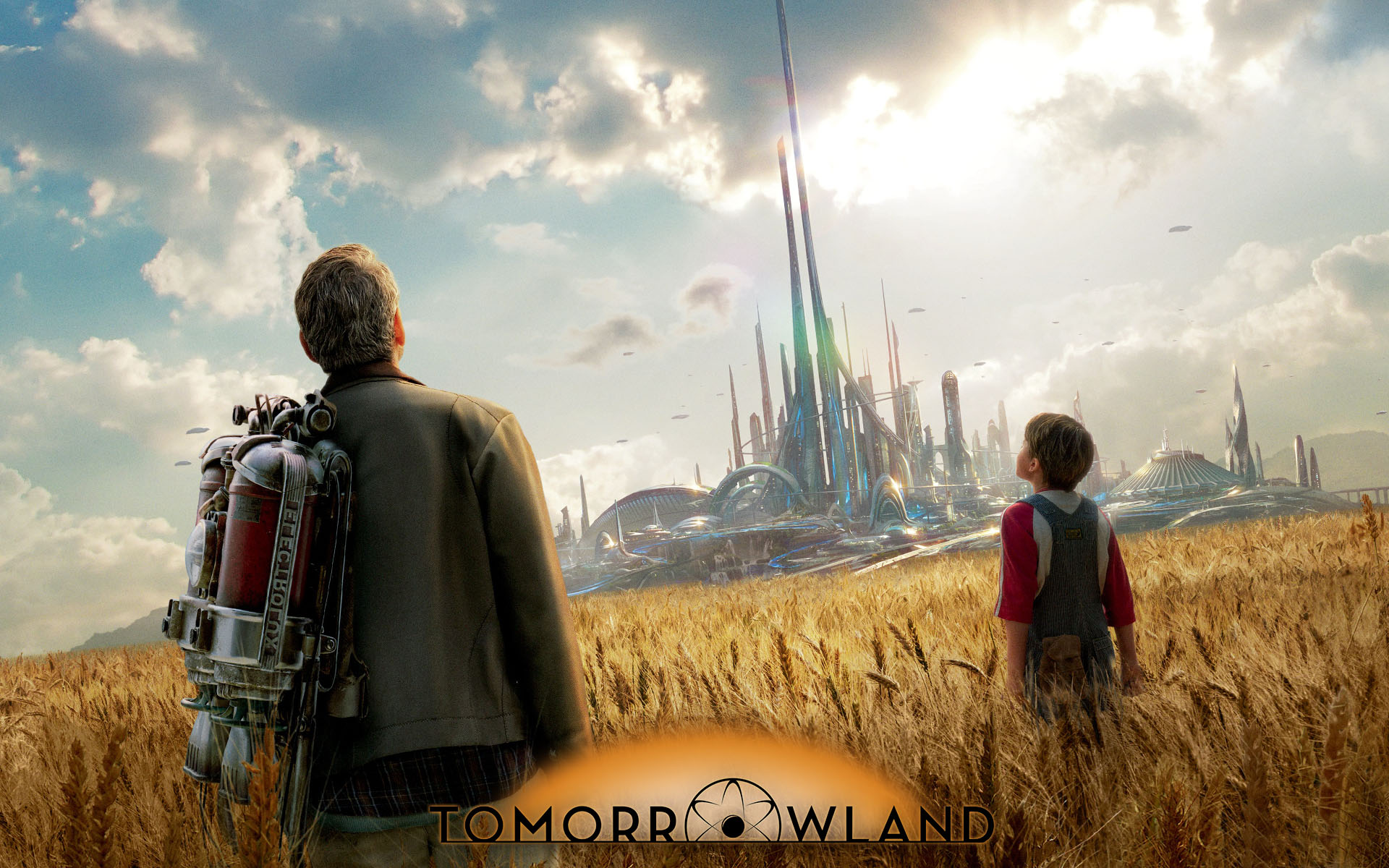
With Need For Speed hitting theaters this weekend, it made me reflect on just how many films have been based on video games and the influence of the ever-rising, gaming community. While the directors, actors, editors, and writers are the ones that build a film, it is the studio that lays the groundwork. With the continual rise of video gaming popularity and the continual evolution of the “gamer” demographic, Hollywood may have another untapped resource like they did with comic books.
The video game films made thus far have not been rated well. Some have been absolutely horrible (Far Cry) and others probably peak at the “horribly good” mark, but overall they have been on a steady increase of box office success. The Resident Evil franchise has probably had the most success, followed by Tomb Raider, but while Prince of Persia: The Sands of Time did not do well domestically, it had more than doubled its sales with foreign markets. I think the key with the success of these films (besides some high profile actors) is the amount of reference material available to create the story.

Absolutely Terrible
Comic book films have had it somewhat easy. If you read a comic book, you read panel to panel. Each panel could contain one or many elements that show dialog, a scene transition, choreography, or a backstory. Essentially with comic books, you have a filmmaker’s storyboard already laid out for you which leaves only the task of “filling in the blanks” while also taking some creative liberties to accommodate for the general audience and real world application.
Video games do not have the luxury of a perfectly laid out storyboard but the evolution of video games has led to a stronger focus on the story behind the game. Being a huge Star Wars fan, I have thoroughly enjoyed playing Star Wars: Knights of the Old Republic and Star Wars The Force Unleashed just to discover how the story unfolded. Other games like Halo, Mass Effect, and the Metal Gear franchise (to name a few) have built games surrounded by extended cut-scenes in between gameplay that many have commended to an extent beyond the gameplay itself. Many upcoming and recent games have adopted this model of story and character development after the success of comparable video game franchises which has created the modern day, immersive gaming experience.

Today, the story is vital in a video game
Another thing that has changed with video games has been the demographics. In 2011, the Entertainment Software Association released a report that revealed a significant change in gaming demographics. The study found that the average gamer is no longer a kid. With only 18% of the market being accounted for by those under the age of 18 and 53% of the market falling between the ages of 18 and 49, it showed a matured interest in gaming and also hit right in the demographic sweetspot for moviegoers, which is the 18 to 34 age range. While I do not have sufficient correlating evidence, it would be safe to say that avid gamers and avid moviegoers could be considered peers and that a well made video game film could now appeal to the right target market.

12 Million players = 12 million viewers?
The future of quality video game films may be upon us soon. Warcraft is due out in 2016 and I’m sure it will appeal to a good share of it’s gamers (about 12 million), Assasin’s Creed is due out the year before, and Mass Effect, Metal Gear Solid, Uncharted and a Mortal Kombat reboot all have the potential to be box office successes and possibly get some critical acclaim. While the road has been shaky for gaming adaptations, I think that the evolution of video games will expand the source material available for film and possibly start attracting some bigger names. The dawn of the movie-goer gamer may be upon us.




















